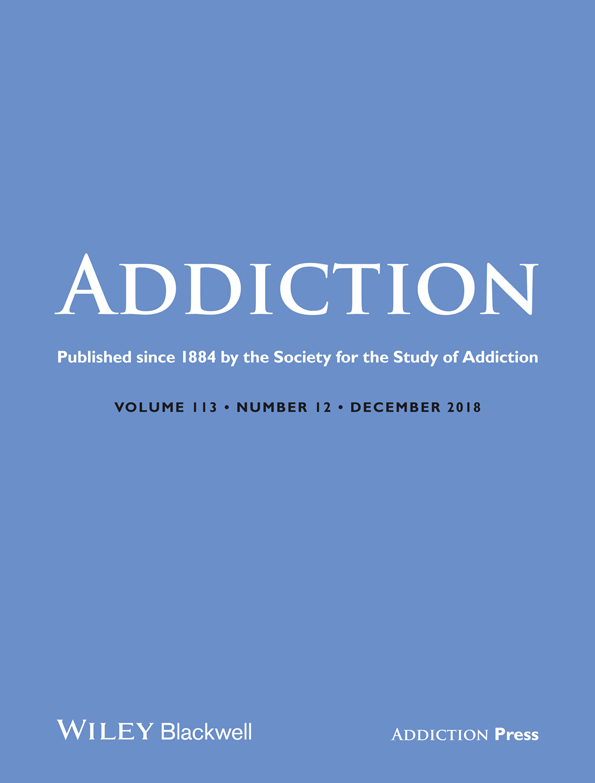
“Insulin resistance (IR) and obesity predispose diseases such as diabetes, cardiovascular and neurodegenerative disorders.
Beta-caryophyllene (BCP), a natural sesquiterpene, exerts neuroprotective, anxiolytic and antidepressant effects via its selective agonism to cannabinoid receptor 2 (CB2R). BCP was shown to have an anti-diabetic effect, however, the implication of CB2R is yet to be elucidated. A link between CB2R agonism and PPAR-γ activation has been discussed, but the exact mechanism is not well-defined.
This study was designed to examine the role of BCP in improving diet-induced metabolic (insulin resistance), neurobehavioral (anxiety, depression and memory deficit), and neurochemical (oxidative, inflammatory and neurotrophic factor) alterations in the prefrontal cortex of obese rats’ brain. The involvement of CB2R and/or PPAR-γ dependent activity was also investigated.
KEY RESULTS:
Beta-caryophyllene alleviated HFFD-induced IR, oxidative-stress, neuroinflammation and behavioral changes. The anxiolytic, anti-oxidant and anti-inflammatory effects of BCP were mediated by both PPAR-γ and CB2R. The effects of BCP on glycemic parameters seem to be CB2R-dependent with the non-significant role of PPAR-γ. Furthermore, BCP-evoked antidepressant and memory improvement are likely mediated only via CB2R, mainly by upregulation of PGC-1α and BDNF.
CONCLUSION:
This study suggests the potential effect of BCP in treating HFFD-induced metabolic and neurobehavioral alterations. BCP seems to activate PPAR-γ in a ligand-independent manner, via upregulation and activation of PGC-1α. The BCP activation of PPAR–γ seems to be CB2R-dependent.”
https://www.ncbi.nlm.nih.gov/pubmed/30469079
https://www.sciencedirect.com/science/article/pii/S0753332218370033?via%3Dihub
“β-caryophyllene (BCP) is a common constitute of the essential oils of numerous spice, food plants and major component in Cannabis.” http://www.ncbi.nlm.nih.gov/pubmed/23138934


 “The therapeutic potential of
“The therapeutic potential of 






